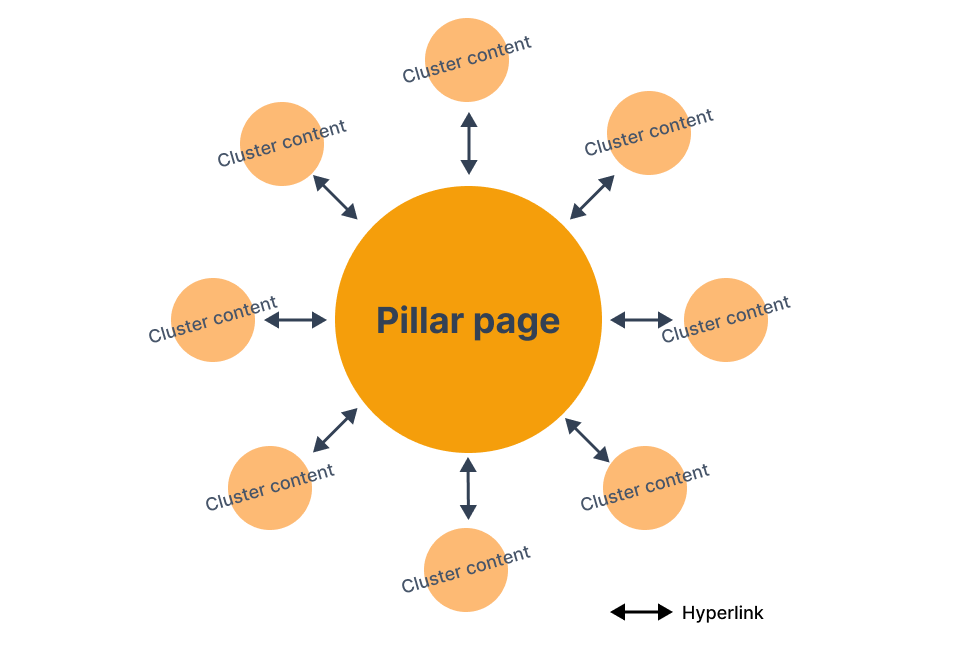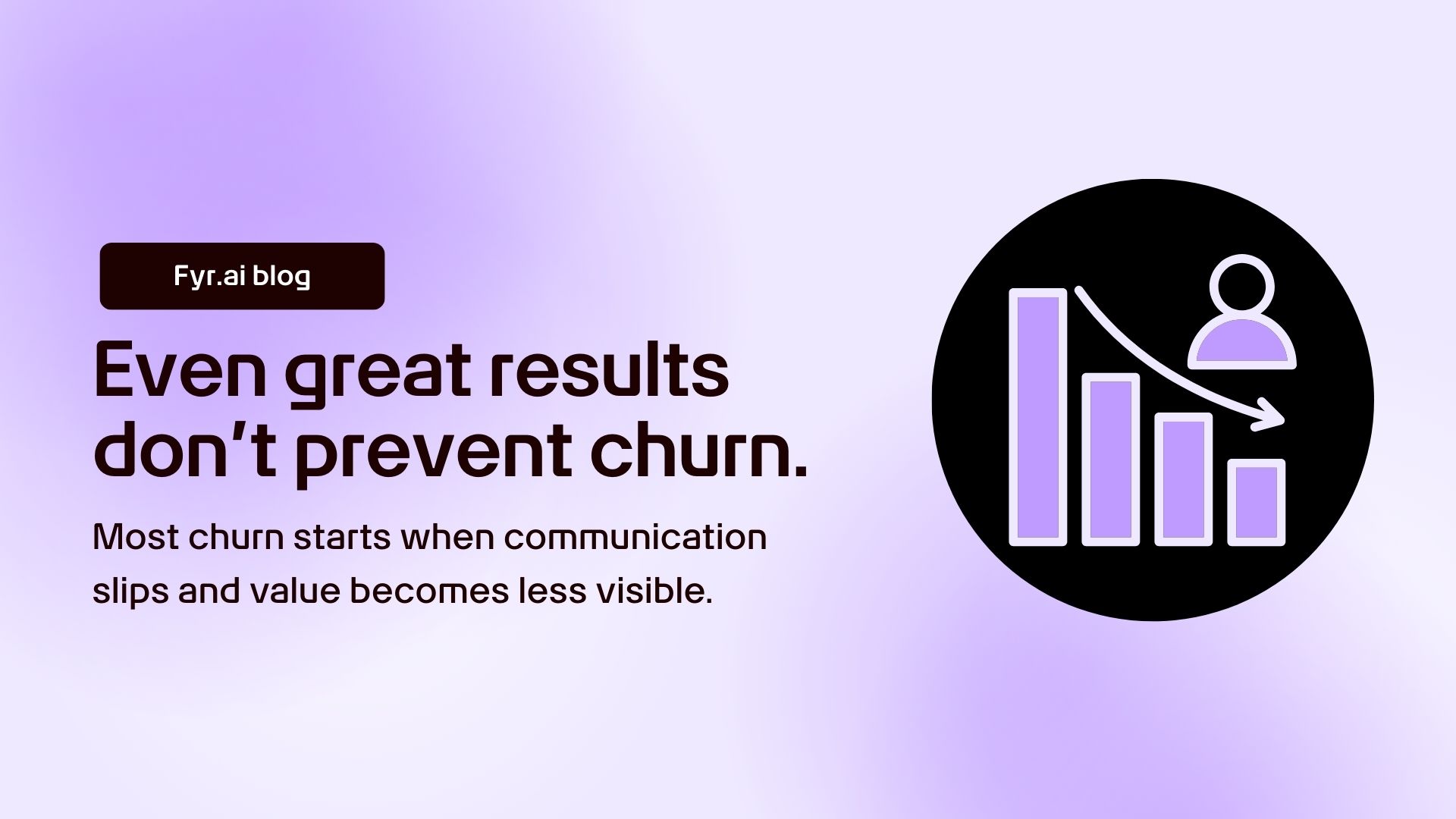A pillar page is a long-form, comprehensive piece of content that covers a specific topic, while acting as a gateway into other pages that go more in detail about a sub-section of the content. While organising content in this way is great for readers that want to go more in-depth of a topic, it is also great for SEO as it gives you an opportunity to set links in context, and build a page that might attract more links from other domains.
Say you run a website about baking for beginners, you can create a pillar page about baking in general with the perspective of a novice. On a page like this you can create brief content about why baking is a great hobby, equipment that you’ll need, recipes for different occasions or foods. When this page is complete you’ll have the basics for building out your content on new pages that diver deeper into the topics.

The great thing about Pillar Pages are also that they are never done, so if you decide to write an article about different techniques for baking, you can easily update your pillar page with appropriate content and link back to the new article. By then your pillar page might have started ranking for related terms, and might pass some of the authority to this new article.
It’s important not only to link from the Pillar Page to the cluster content, but also return the favour by linking back.
Beyond SEO
Pillar pages can help to improve the overall visibility of your website. By creating high-quality, comprehensive content, you can attract more attention to your site. This can lead to more backlinks and social shares, which can further improve your visibility and traffic levels.
Try having the content of your pillar pages as evergreen content as possible, so you can share it multiple times in social media.
Pitfalls when creating pillar pages
When creating pillar pages, there are a few common mistakes to avoid.
First, don’t try to cover too much ground. A pillar page should be focused on a single topic. So back to our baking example, a page about baking is quite large and can become quite unfocused, but a page about baking for beginners is much more defined and speak to a specific audience.
Second, don’t make your pillar page too short. The longer it is, the more comprehensive it will be, and the more likely it is to rank highly in search results and provide value to your readers. If the page only contains a list of links, the chances are that it’s not going to do very well.
Third, thinking you have to create all the content from scratch. If you’re not starting with a brand new site you probably already have some content that can be used to create a pillar page. All you need is to the content from a new pillar page.
Finally, don’t forget to promote your pillar page. The more people who see it, the more likely it is to generate traffic and improve your SEO.






